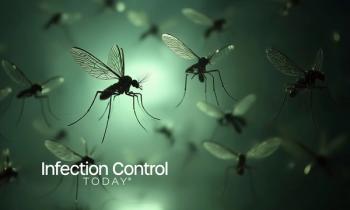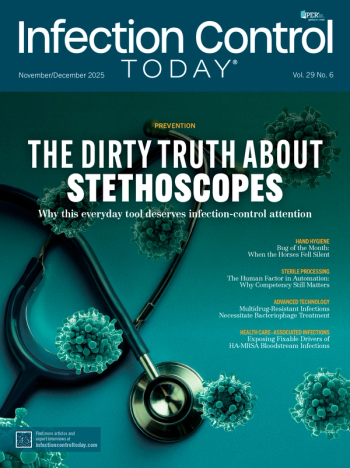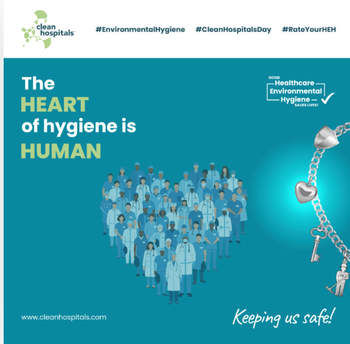
Sparsely Attended Football Games Do Not Spread COVID-19
Touchdown! Attendance at professional and college football games may resume with COVID-19 mitigation measures, according to a study. But will the delta variant move the goalpost?
Football is a numbers game. The same could be said for the deadly COVID-19. Counties that hosted professional and college football games with limited in-person attendance during the COVID-19 pandemic didn’t see a substantial increase in COVID-19 cases, according to investigators with Massachusetts General Hospital.
Their study, published in
A total of 528 games (101 NFL and 427 NCAA) were included in the study, which also included a matched control group with 361 counties similar in size and COVID-19 restrictions that did not host a game on the corresponding day. For NFL games, attendance ranged from 6,000 to 13,797, with a median of 9,949. NCAA attendance wasn’t available.
“We surmise that the NFL and NCAA policies regarding limited in-person attendance, mask use, and social and physical distancing measures in stadiums was not associated with substantially higher community spread of COVID-19,” the authors, led by Asmae Toumi, BS, of Massachusetts General Hospital, wrote. “Additionally, an important number of NFL and NCAA football stadiums are outdoors or have a retractable roof, which could have had an impact on mitigating spread.”
On game day, the median daily new COVID-19 cases in counties that hosted football games was 26.14 cases per 100,000 residents compared with 24.11 cases per 100,000 residents for counties in the control group. The change in number of cases within 14 days after game day ranged from -5.17 to 4.72 cases per 100,000 residents, with a mean of 1.21.
“Our study provides evidence suggesting that in-person attendance of football games with social distancing and mask use could be resumed in the 2021 to 2022 season,” the authors wrote. “However, it is worth noting that newly emerging variants of SARS-CoV-2 have less predictable implications at this point and might lead to more disruptive interruptions in the future.”
Limitations of the study included that attendance was considered as a binary variable since in-person attendance wasn’t available for NCAA games. The study also didn’t control for other large events or the possibility of spillover to adjacent counties.
“Studies such as that by Toumi et al, which add to our understanding of the virus and its transmission, are essential for providing decision-makers with the information needed to design and enact policies that align with evidence and protect people in the community,” Michael A. Rubin, MD, PhD, MS, of the Salt Lake City Health Care System and the University of Utah School of Medicine, said in an
The US Food and Drug Administration’s full approval of the Pfizer-BioNTech COVID-19 vaccine granted on August 23 also could boost events. Former FDA Commissioner Mark McClellan, MD, PhD, said that he expects more vaccine requirements at venues such as indoor dining, sports and entertainment venues. McClellan is the Robert J. Margolis Professor of Business, Medicine, and Policy, and founding Director of the
Sports venues have been areas of concern during the pandemic, with some worrying games could become super spreader events. A study from West Virginia University
This article originally appeared in
Newsletter
Stay prepared and protected with Infection Control Today's newsletter, delivering essential updates, best practices, and expert insights for infection preventionists.





